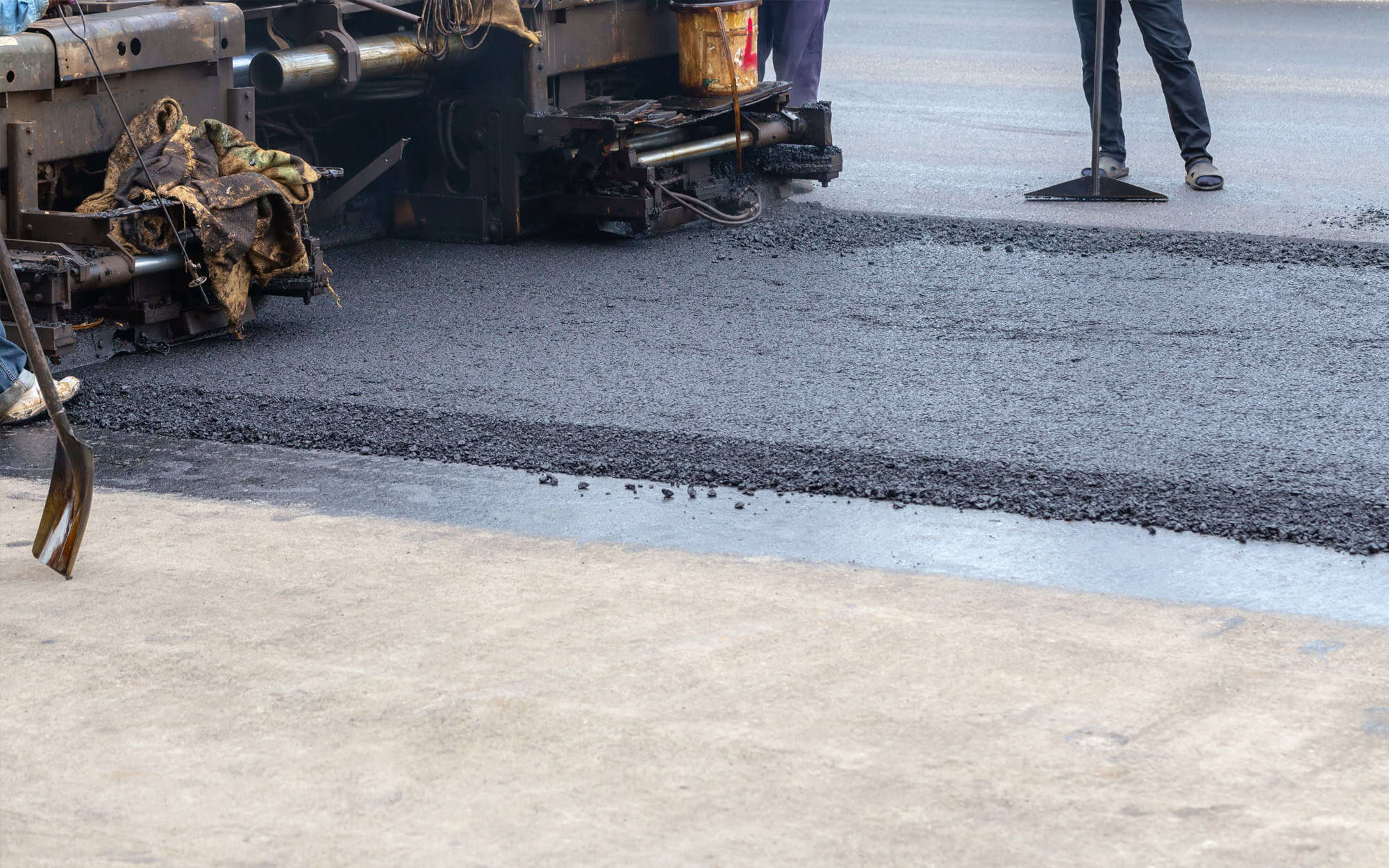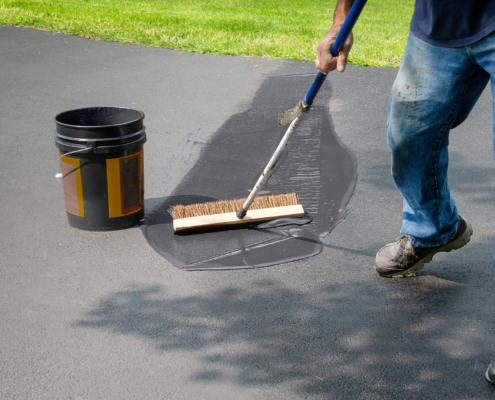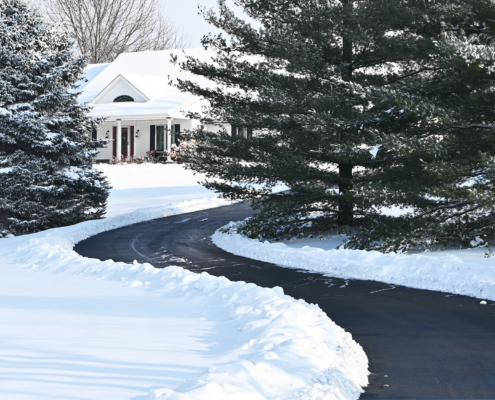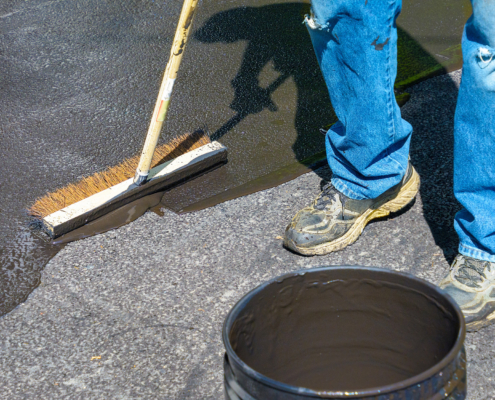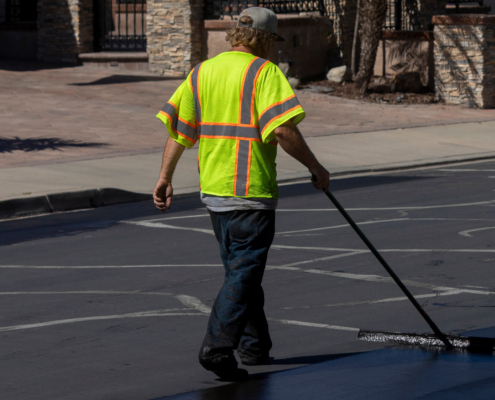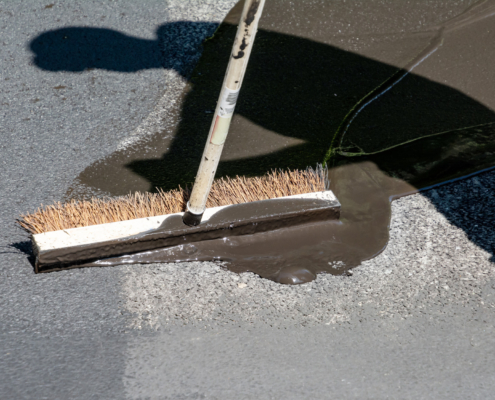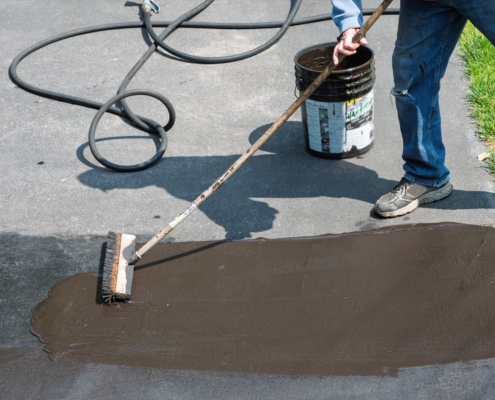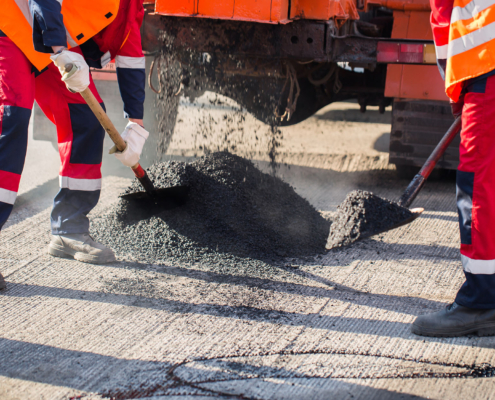Weather can make or break an asphalt project. That’s because asphalt is a petroleum-based material that relies on proper temperatures to fuse together and cure. When the weather is too cold, the asphalt mixture won’t settle and bond as well. If it’s too wet or humid, extra moisture can seep into the pavement layers, weakening the bond before it even gets a chance to set.
If you’ve ever seen asphalt with tiny cracks or uneven patches, there’s a good chance weather played a role in that outcome. Excessive rainfall, fluctuating temperatures, or even prolonged dampness can create less-than-ideal conditions. By contrast, when the weather is warm and stable (like it tends to be in spring and summer), the asphalt remains pliable enough to ensure a strong bond. You’re essentially giving it the “sweet spot” it needs to fully cure, which helps prevent premature damage.
Pavement curing is a chemical process, and just like any reaction, it depends on the right environment. During warmer months, you can expect faster curing times, fewer delays, and generally better results. You’ll also have fewer disruptions caused by weather-related stoppages, which can save you both time and money.

